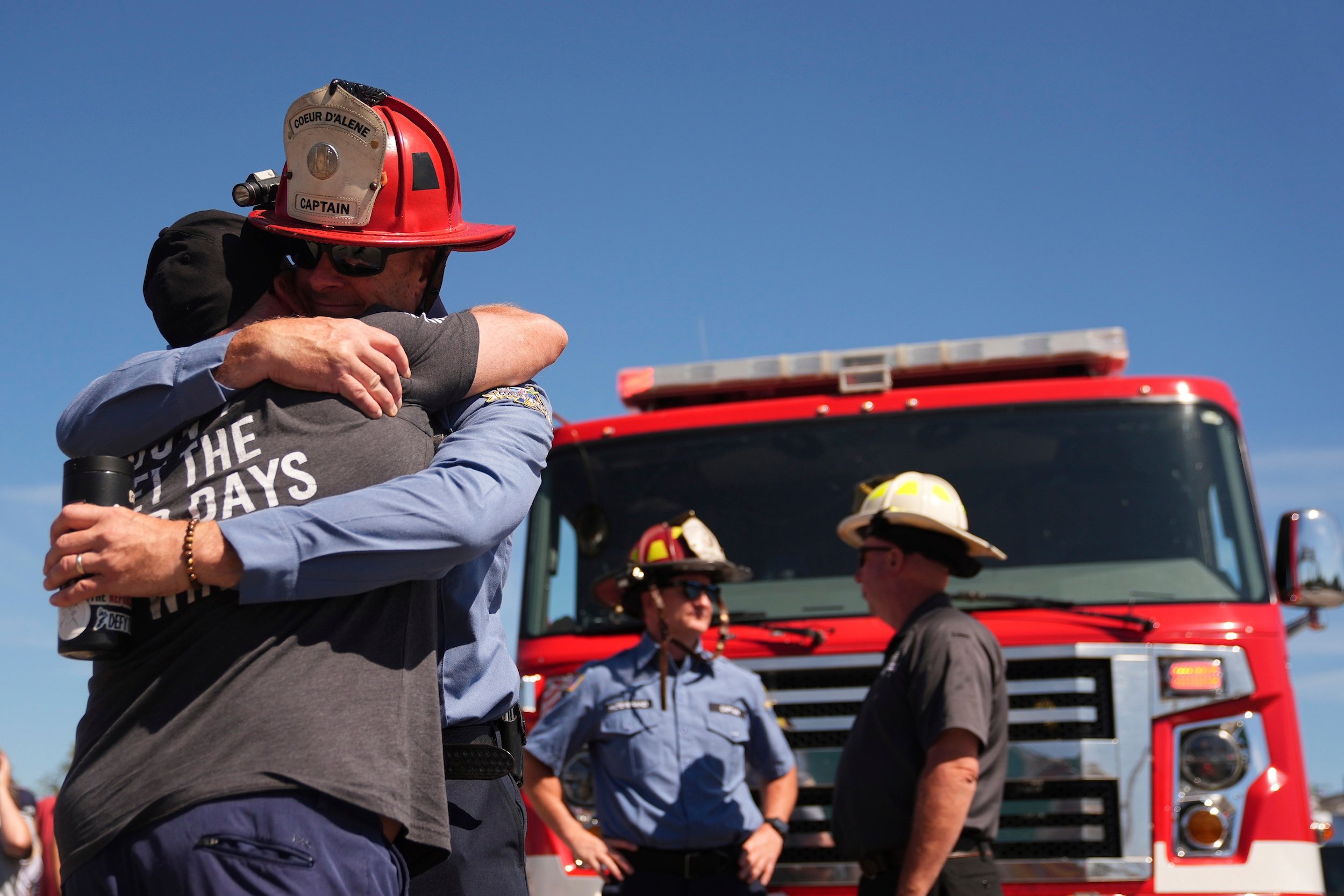Good morning, Bulletin readers. A violent 24-hour stretch in the country’s murder capital left a half-dozen dead, a reminder that most gun violence takes place outside of the rampage shootings that generated headlines several times last week. That story and more in your morning roundup.
Receive this daily news briefing by email every morning. Sign up here.
WHAT TO KNOW TODAY
Six people were fatally shot in a 24-hour span in St. Louis. The violent stretch began just after dawn on Sunday, when a 33-year-old woman was found shot to death in a car in the Missouri city, which has the country’s highest homicide rate.
Guns were used in more than 70 percent of homicides for the third straight year. Crime analyst Jeff Asher flagged the trend as part of his insight-packed live tweeting of the FBI’s new Uniform Crime Report. (He also made a handy chart.) The share of murders known to have been conducted with a firearm ticked down from 73 percent in 2016 to 72.5 in 2017, but firearms remained the means of more homicides than in decades.
The Democratic candidate for Florida governor vowed to ban assault weapons. Andrew Gillum, who has a slight edge over his Republican opponent in some recent polls, tweeted on Thursday, “When we win, we are going to ban assault weapons in Florida.” He added, “And if the gun lobby fights us — and they will — we’ll beat them again.” As mayor of Tallahassee, Gillum has been unsuccessfully sued by the National Rifle Association to block the enforcement of the city’s gun laws.
Cody Wilson pays $150,000 bond, leaves Texas jail, prepares to fight charges of sex with a minor. A local news station captured the “bizarre” scene at the Inmate Processing Center in Houston, where the creator of the 3D-printed gun was taken into custody after returning from Taiwan, where he had reportedly flown after learning charges were imminent. Wilson could be banned from gun ownership if convicted.
A prominent Parkland survivor steps away from March for Our Lives. In an interview last week with Fox News Radio, Cameron Kasky, 17, said he grew uncomfortable with the media turning to him and his peers for answers. He also expressed regret for his desire, during the aftermath of the shooting, to embarrass NRA-backed lawmakers like Marco Rubio, and said he now wants to focus on encouraging civil dialogues with the gun rights advocates he met through March for Our Lives’s national tour: “I’m working on some efforts to encourage bipartisanship or at least discussion that is productive and help a lot of people avoid the mistakes that I made.”
The Dallas Police Department fired a white officer who barged into the wrong apartment and killed its black resident. Amber Guyger, who was charged with manslaughter for the September 6 shooting of 26-year-old Botham Jean, was a five-year veteran of the department. Investigators concluded that Guyger “engaged in adverse conduct.”
A Montana city is fighting to keep guns out of polling places in November. Local officials in Missoula are considering an emergency amendment that would add voting booths to the list of places where the open or concealed carry of handguns is prohibited. The city is still trying to enforce a universal background check ordinance that passed in 2016 but was blocked by the state attorney general.
A college football player was shot to death in Colorado. Brett Ojiyi, a junior running back at Colorado Mesa University, was killed in an off-campus home in Grand Junction early Saturday. The college’s president called the loss “a tragic accident.” Police have not disclosed any details about suspects or a motive.
ONE LAST THING
Earlier this month, we invited our newsletter subscribers to help us decide which reader-submitted question we should answer first as part of our Ask The Trace project. The winning query, chosen by readers, was: “How many military-style assault rifles are in the hands of civilians?”
The Trace’s Alex Yablon has your answer:
The number of assault weapons in circulation in the U.S. is not just an academic matter — the constitutionality of gun bans rests on their historic popularity. Which makes it all the more frustrating that there is no way to know precisely how many of these rifles are in circulation.
There’s no official criteria for what qualifies as a “military style assault rifle,” and the government doesn’t keep detailed production data on different models of rifles. An industry trade group estimates that there are between 15 and 20 million firearms in circulation that fit its own definition of the category, though experts question that count, which also includes guns possessed by law enforcement agencies.
You can find Alex’s full brief here, including why one appellate court determined that assault-style rifles, despite their seeming ubiquity, can be banned without violating the Constitution.
Our next voting round is now live. Please head to the Ask The Trace project page to make your selection, and enter new questions for our staff to run down.

